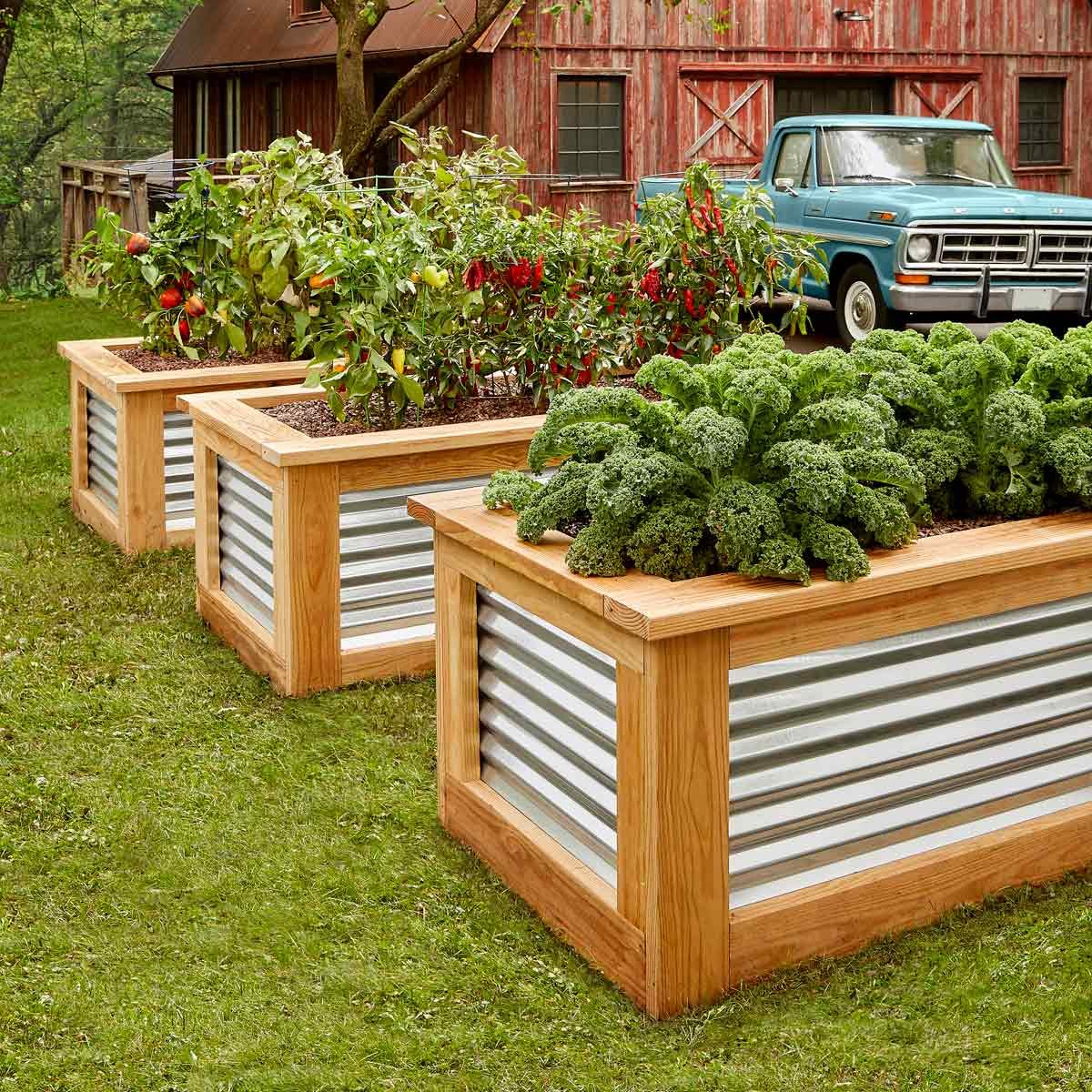How to Build a Raised Garden Bed for Beginners

Are you ready to dive into the world of gardening but feel a bit overwhelmed by the vast expanse of your backyard? Think of raised bed gardening as your training wheels—a manageable, contained space where you can nurture your green thumb. Building a raised garden bed is like creating a miniature ecosystem tailored to your plants' needs. So, let's roll up our sleeves and get started!
Why Choose Raised Bed Gardening?
Raised bed gardening offers numerous benefits, especially for beginners. It provides better soil control, improved drainage, and easier pest management. Plus, it's a fantastic DIY garden project that adds a personal touch to your outdoor space.
Materials and Tools Needed
Before we dive into the construction process, let's gather our materials and tools. You'll need:
- Untreated lumber (cedar or composite materials are great choices)
- Screws or nails
- Drill or hammer
- Landscape fabric
- High-quality soil and compost
- Measuring tape
- Level
- Gloves and safety glasses
Step-by-Step Guide to Building Garden Beds
Planning Your Raised Bed
First things first, decide on the size and shape of your raised bed. A 4x8-foot bed is a popular choice, as it allows easy access to all parts of the garden. Sketch out your design and measure the area where you plan to place your bed.
Gathering Your Materials
Head to your local hardware store or garden center to pick up your materials. Untreated lumber is essential to avoid chemical leaching into your soil. Cedar is a popular choice due to its natural resistance to rot and pests.
Constructing the Frame
Cutting the Wood
Cut your lumber to the desired lengths. For a 4x8-foot bed, you'll need two 8-foot pieces and two 4-foot pieces. Remember, measure twice, cut once!
Assembling the Frame
Lay out your pieces to form a rectangle. Using your drill or hammer, attach the corners with screws or nails. Ensure the frame is square by measuring the diagonals—they should be equal.

Preparing the Site
Choose a location that gets at least 6-8 hours of sunlight daily. Clear the area of any weeds or debris. If your soil is compacted, consider tilling it to improve drainage.
Installing the Landscape Fabric
Lay down a layer of landscape fabric at the bottom of your bed to prevent weeds from growing up through the soil. This step is crucial for easy maintenance.
Filling the Bed
Fill your bed with a mix of high-quality soil and compost. Aim for a depth of at least 12 inches to provide ample room for root growth. Ensure the soil is level and well-compacted.
Planting Your Garden
Now comes the fun part—planting! Choose plants that are suitable for your climate and the size of your bed. Space them according to the seed packet instructions to avoid overcrowding.
Tips for Successful Beginner Gardening
- Water Wisely: Water your plants deeply but infrequently to encourage strong root growth.
- Mulch Matters: Apply a layer of organic mulch to retain moisture and suppress weeds.
- Feed Your Soil: Regularly add compost to maintain soil fertility.
- Rotate Crops: Change the location of your plants each season to prevent soil depletion and pest infestations.
Additional Resources
For more in-depth information, check out these authoritative resources:
- The Old Farmer's Almanac: A treasure trove of gardening tips and advice.
- Gardeners' World: Offers a wealth of knowledge on all things gardening.
- University of Illinois Extension: Provides research-based gardening information.
Conclusion
Building a raised garden bed is not just a DIY project; it's an investment in your green thumb and a step towards a greener, healthier lifestyle. By following these steps, you'll create a thriving garden that's easy to maintain and beautiful to behold. So, what are you waiting for? Grab your tools and let's get growing!

FAQs
What is the best wood for raised garden beds?
- Cedar is highly recommended due to its natural resistance to rot and pests. Composite materials are also a good choice for their durability and longevity.
How deep should a raised garden bed be?
- A depth of at least 12 inches is ideal for most plants. This provides ample room for root growth and ensures good drainage.
Can I use pressure-treated wood for my garden bed?
- It's best to avoid pressure-treated wood, as it contains chemicals that can leach into the soil and potentially harm your plants.
What should I fill my raised garden bed with?
- A mix of high-quality soil and compost is ideal. This combination provides the nutrients and structure your plants need to thrive.
How often should I water my raised garden bed?
- Water deeply but infrequently. The frequency depends on your climate and the types of plants you're growing. Aim for about 1 inch of water per week.
0 Response to "How to Build a Raised Garden Bed for Beginners"
Post a Comment